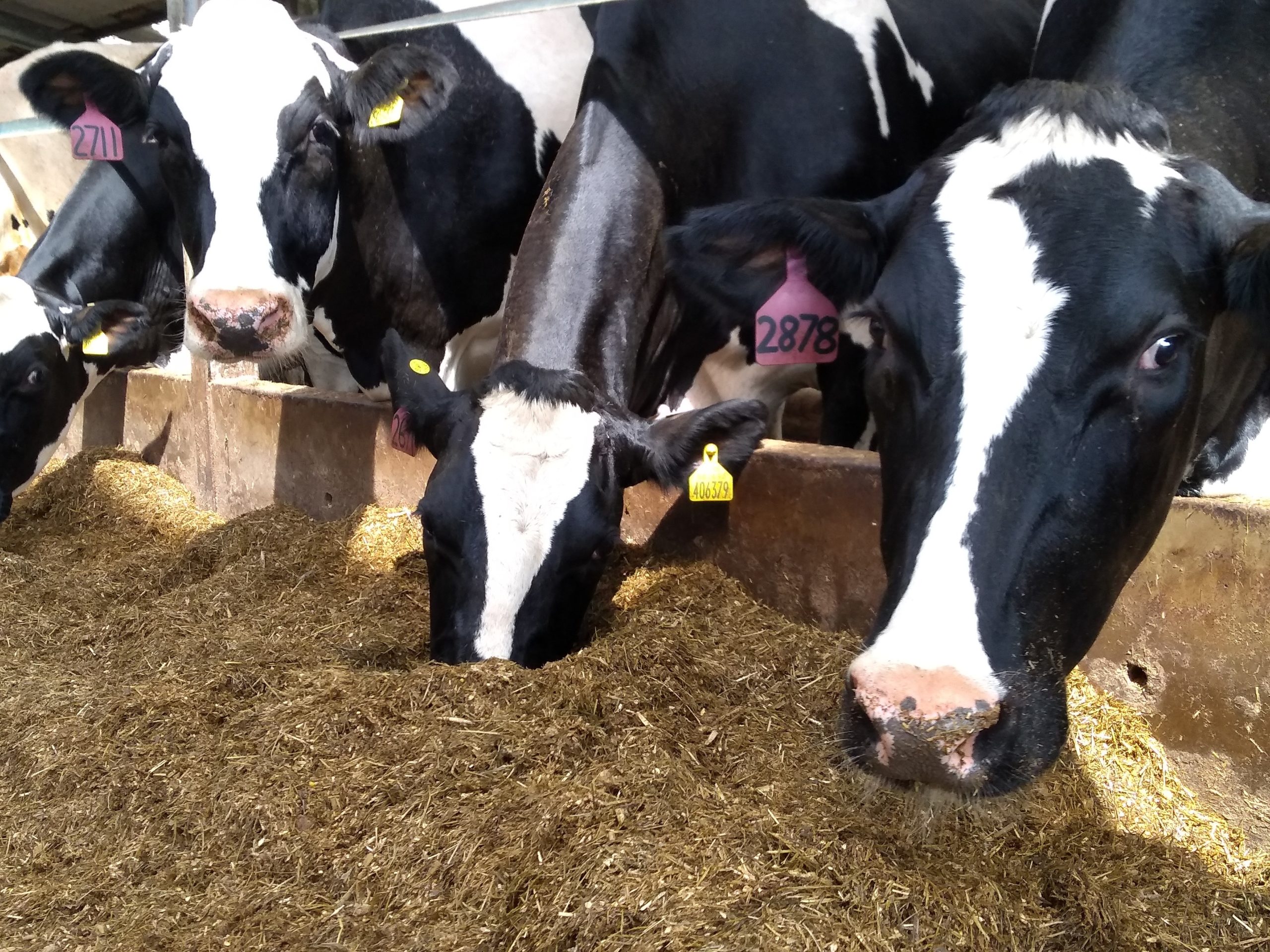Now is the time to look ahead to managing this year’s silage quality, advises dairy expert, Lorna MacPherson, at SAC Consulting, to reduce input costs as well as the farm’s environmental footprint.
Lorna is part of the Farming for a Better Climate initiative run by SAC Consulting – part of Scotland’s Rural College (SRUC), which uses on-farm trials and industry expertise to help farmers across Scotland to introduce pragmatic and cost-effective measures to reduce the environmental impact of their enterprises as well as improving profit.
“With feed costs still relatively high this year, it makes sense to maximise the potential of homegrown forage which is the cheapest and often largest part of the ration,” says Lorna. “This is a good time of year to decide how you will manage your silage. If by making some small, considered changes, you can reduce bought-in concentrates and fertiliser but produce the same or more milk through higher quality silage, you offset both costs and related emissions.”
Lorna recommends looking at the different factors that influence the silage quality: firstly, cutting grass earlier is key to improving the digestibility and hence energy value. While overall yield will be lower with earlier cutting, this is a good option for those who currently have ample forage stocks or cereals to wholecrop. Secondly, knowing the status of both your soil and slurry.
“Silage cut even a week earlier can improve the digestibility (D-value) by 3.5% points and increase the energy: an uplift of around 0.5MJ/kg dry matter can increase the milk yield by one litre per cow per day (assuming a 12kg DM intake from silage). In addition, raising crude protein in silage from 13% to 14% would save 0.4kg of rapeseed meal. This could see an overall saving of 72kg concentrate per cow over a six-month period for the same level of milk output.”
A difference can also be seen by continuously improving the farm’s soil status combined with annual analysis of slurry to check that applications are suited to the P and K in the soil, using only what bought-in fertiliser is needed:
“Many farmers will have taken up the Preparing for Sustainable Farming (PSF) funding last year to have their soil analysed and will have a good idea of its state of health. By getting the slurry also analysed, you can adapt slurry applications appropriately and save unnecessary spend on buying in artificial inputs. For early cut silage, adding sulphur, which is not naturally available in the soil at this time of year, can boost yields by 10-15% as well as its nitrogen use efficiency which will improve the protein level.”
It’s also a good idea to set aside fields for making silage specifically for dry cows which do not receive any slurry. Potassium from slurry can increase the risk of milk fever at calving when dry cows are fed a predominantly grass silage-based diet. In addition, the grass can be left to mature, with stemmier silage being more suited to the lower energy requirements of dry cows.
While none of this is new, says Lorna, it’s good to think about ahead of cutting to see where you can make gains, taking an environmentally conscious approach, and being able to demonstrate that the business is contributing towards Scotland’s climate change goals, is looked on favourably by milk buyers, lenders and consumers:
“We’ve seen through the trials we’ve run with the project’s Climate Change Focus Farms that making changes to reduce the farm’s environmental impact usually positively correlates with improving financial gains for the business. In the case of improving silage quality, this directly translates to economic benefits for farmers, as it enhances animal nutrition, reduces feed costs and increases productivity. In turn, increasing production efficiency by producing more milk from fewer and more targeted inputs will lead to less emissions per kg of milk output.
“Reducing bought-in feeds, including soya, helps reduce the farm’s carbon footprint, and focusing on nutrient management to maximise soil health and productivity locks carbon into the farm to help offset emissions, as well as improving grass yields and helping to extend the grazing season.”
Longer-term factors for achieving good silage quality include ensuring good drainage and reducing compaction, and considering newer grass varieties which will benefit grass crop quality without compromising yield. Improvements in feeding management, along with better fertility, genetics and herd health, can also play a part in improving both profit margins and environmental efficiencies.

